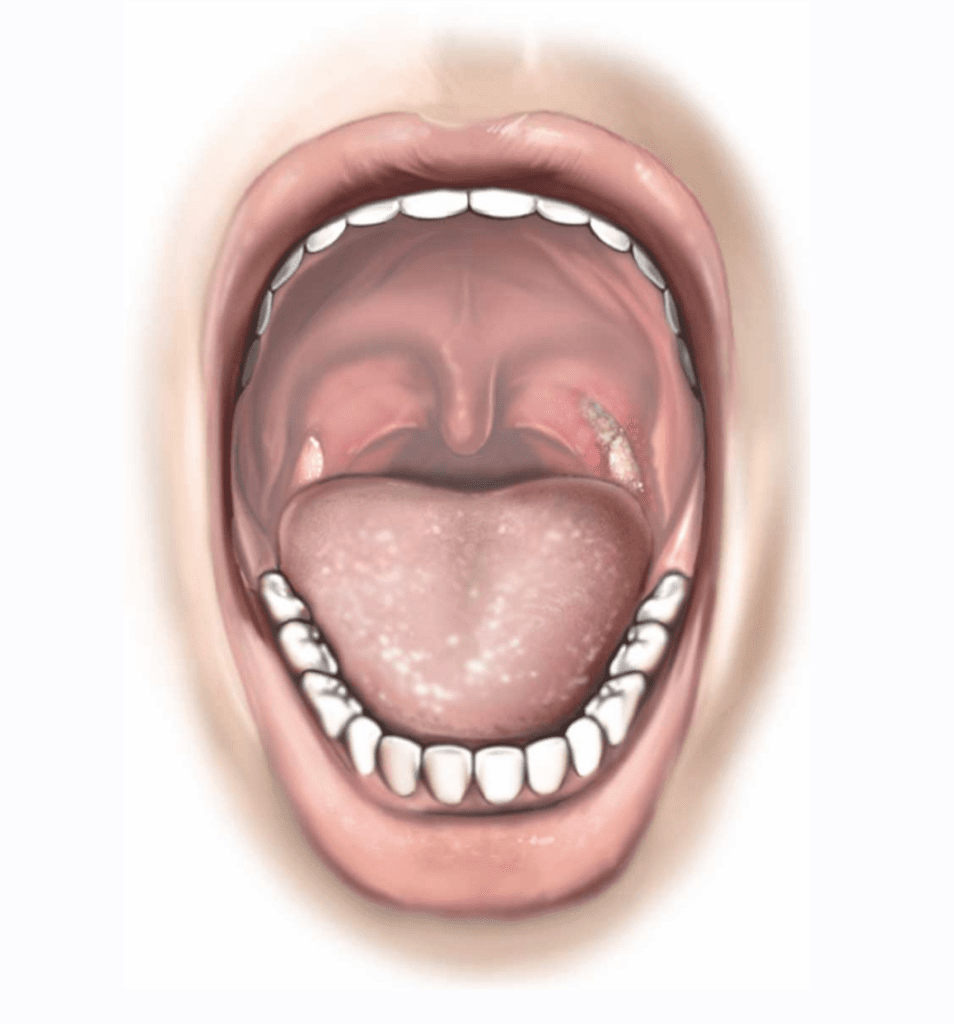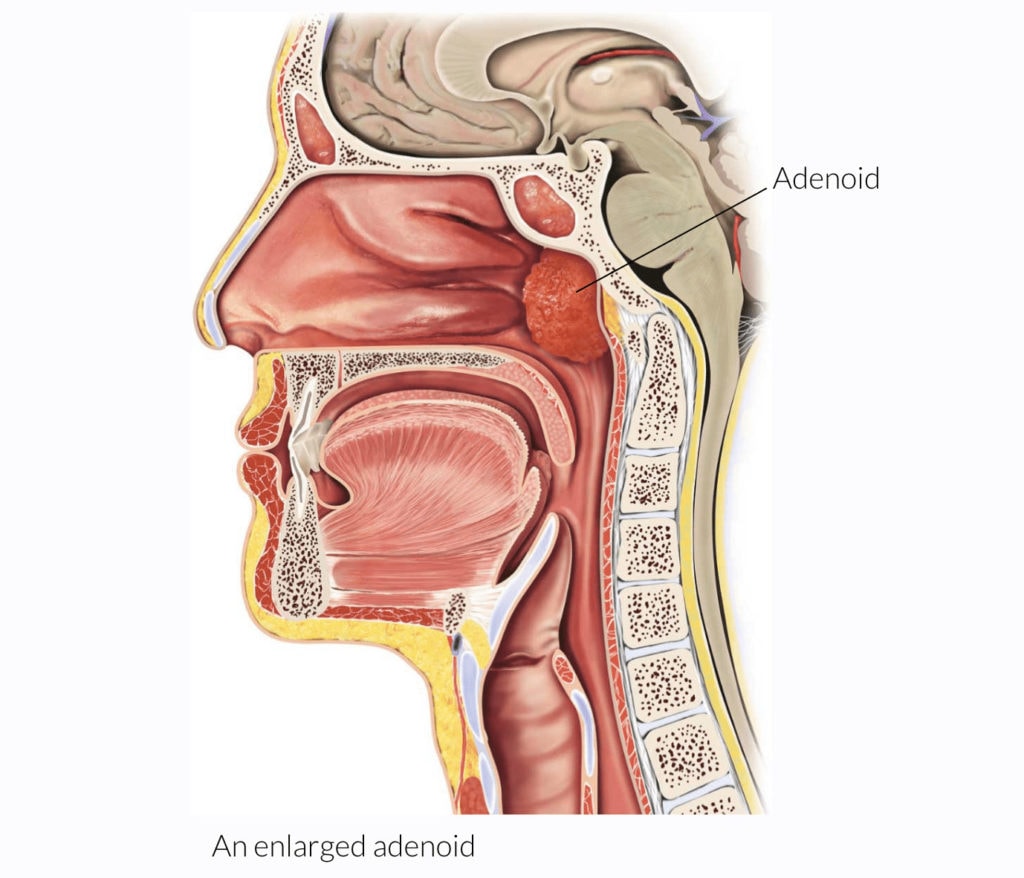What happens During Surgery?
For the grommet insertion, any fluid build-up in the middle ear is removed by suction. A small hole is made in the eardrum and a grommet inserted.
An adenoidectomy operation is performed under a general anaesthetic and usually takes about 20 minutes.
Your surgeon will remove the adenoids through the mouth. A pack will be placed at the back of the nose to stop any bleeding.
The tonsillectomy is performed under a general anaesthetic and usually takes about 30 minutes.
Your surgeon will perform the tonsillectomy through the mouth using one of the following techniques:
- Cold dissection technique – A steel instrument is used to peel or cut the tonsil away from the layer of muscle underneath it.
- Diathermy technique – A special instrument that uses an electrical current to remove tonsil tissue and stem bleeding.
- Coblation technique – Your surgeon will use an instrument that uses radio-frequency energy to dissolve the tonsil.
For adults undergoing a tonsillectomy, only the first 2 techniques are used.
How long will I stay in hospital?
You should be able to go home the same day.
What is my recovery time?
You should not swim for 6 weeks following surgery, nor dive deeper than 2 metres once able to do so. Other normal activities can usually be resumed 1 to 2 days after surgery.
Depending on the material and design, the grommet will fall out of the ear by itself 6 to 18 months after surgery.
With an adeno-tonsillectomy, pain can last for up to 2 weeks. It usually gets gradually worse over the first 4 to 5 days before beginning to improve. Associated pain tends to be worse first thing in the morning.
You will need to stay off work or school and away from groups of people for 2 weeks. This is to help prevent throat infections while your throat is still healing.
Regular exercise should help you to return to normal activities as soon as possible. Before you start exercising, ask the healthcare team or your GP for advice.
Most people make a full recovery.


